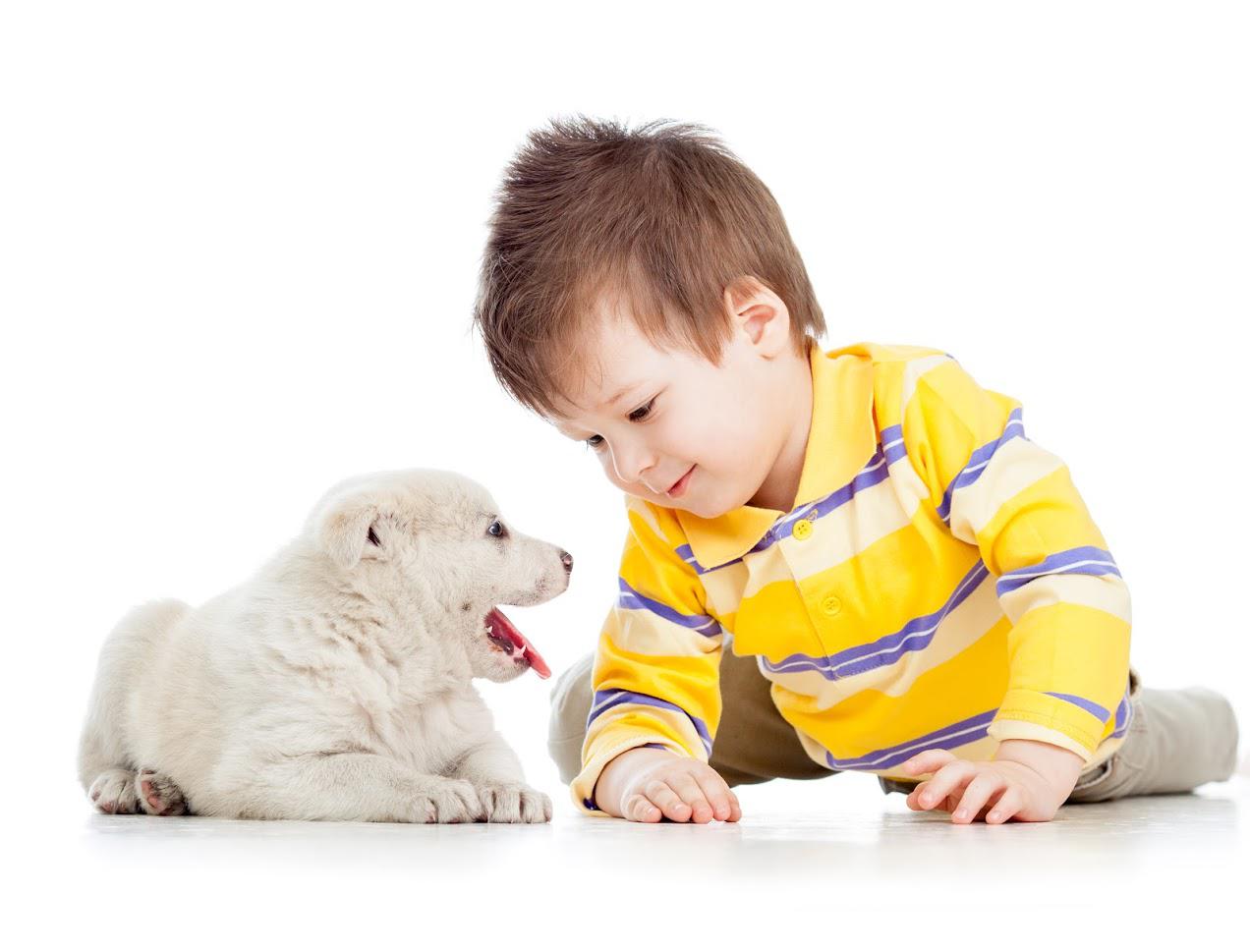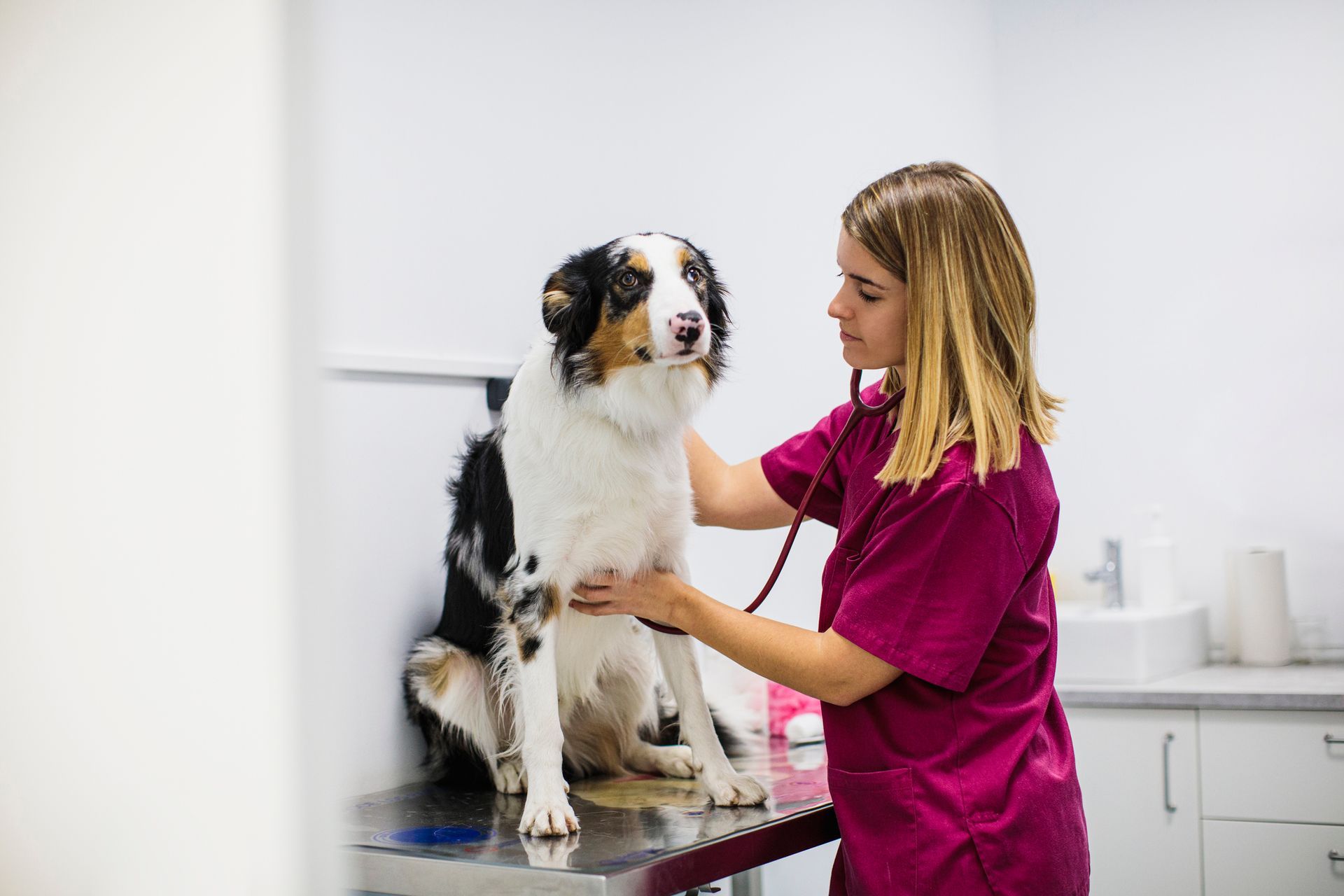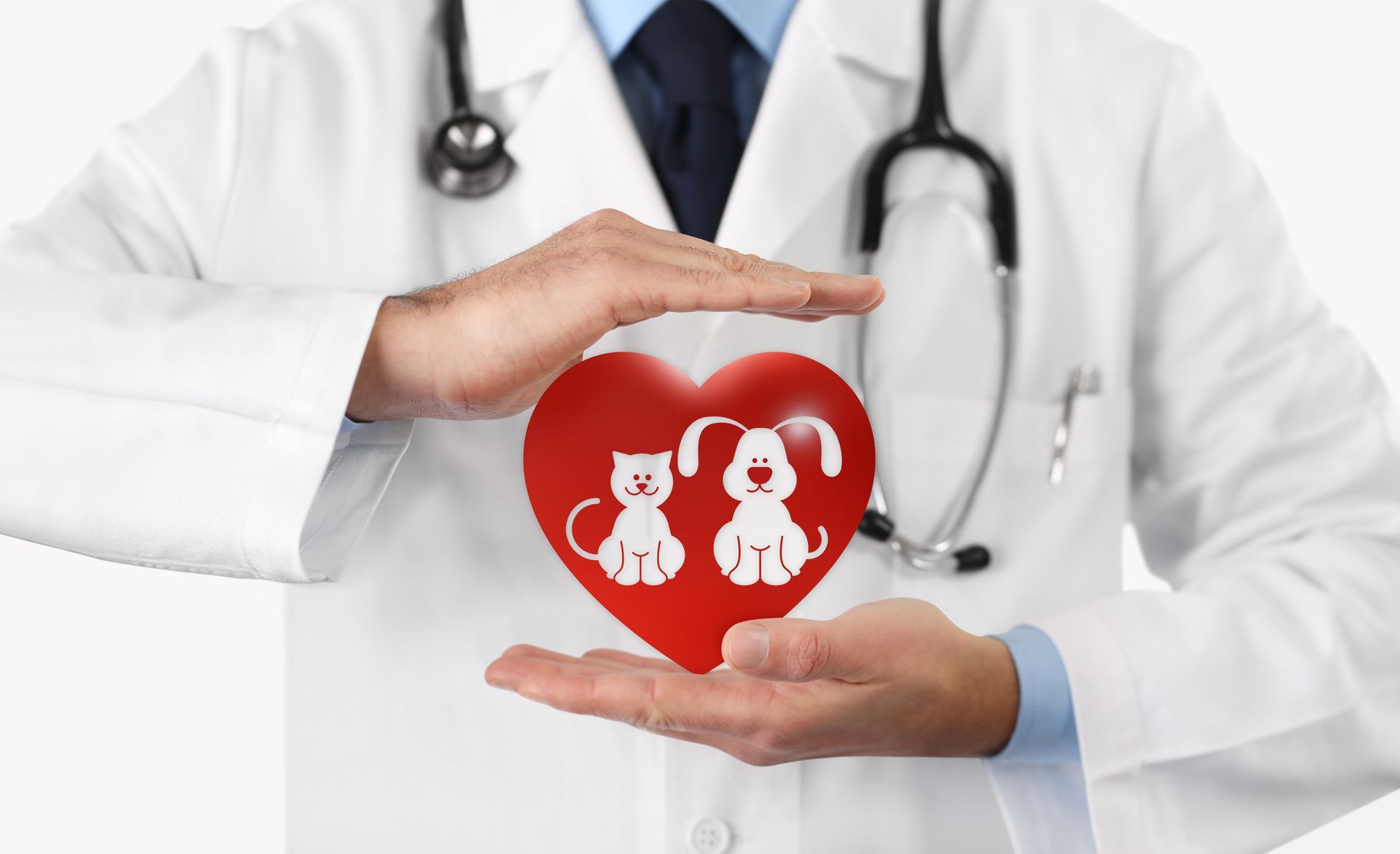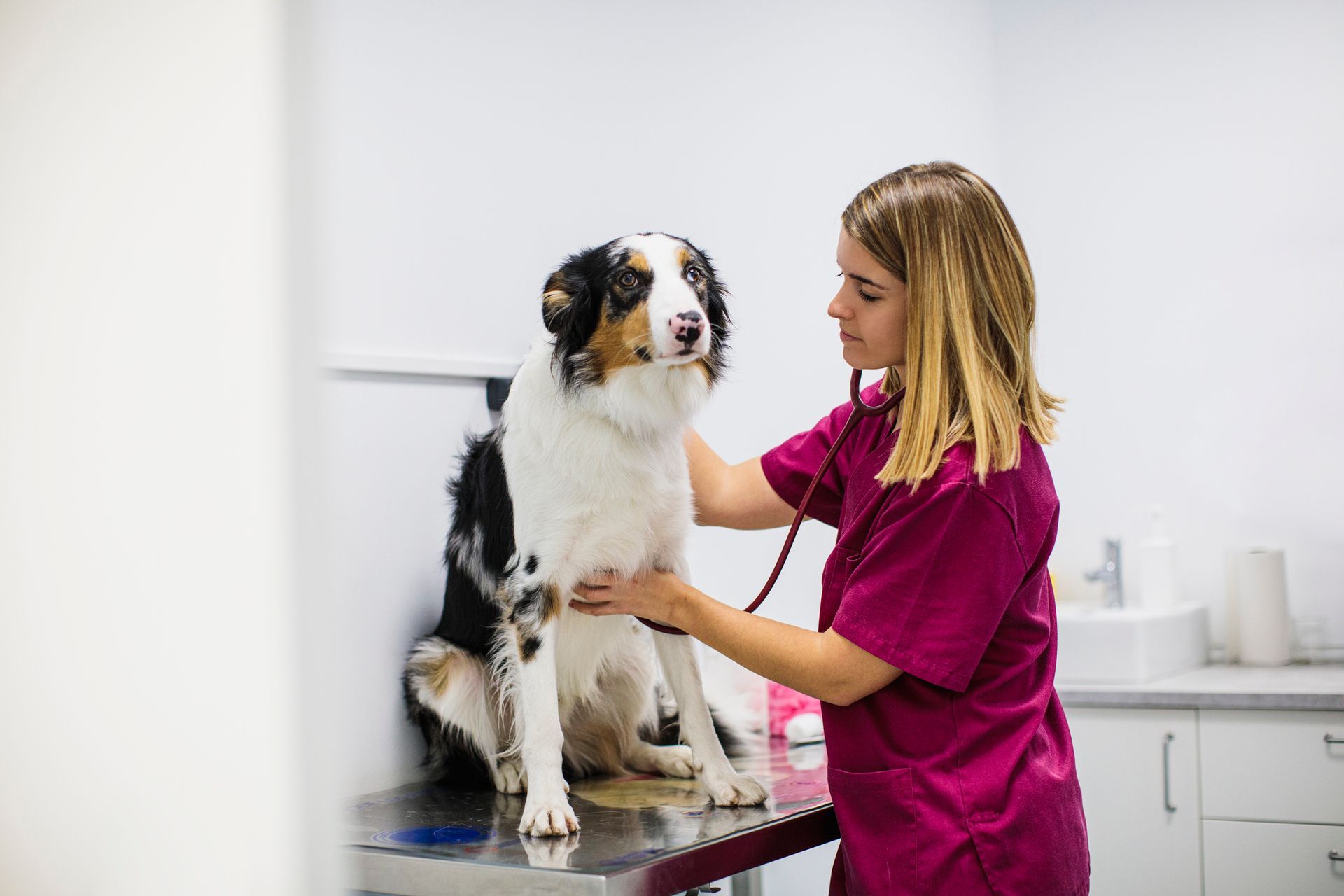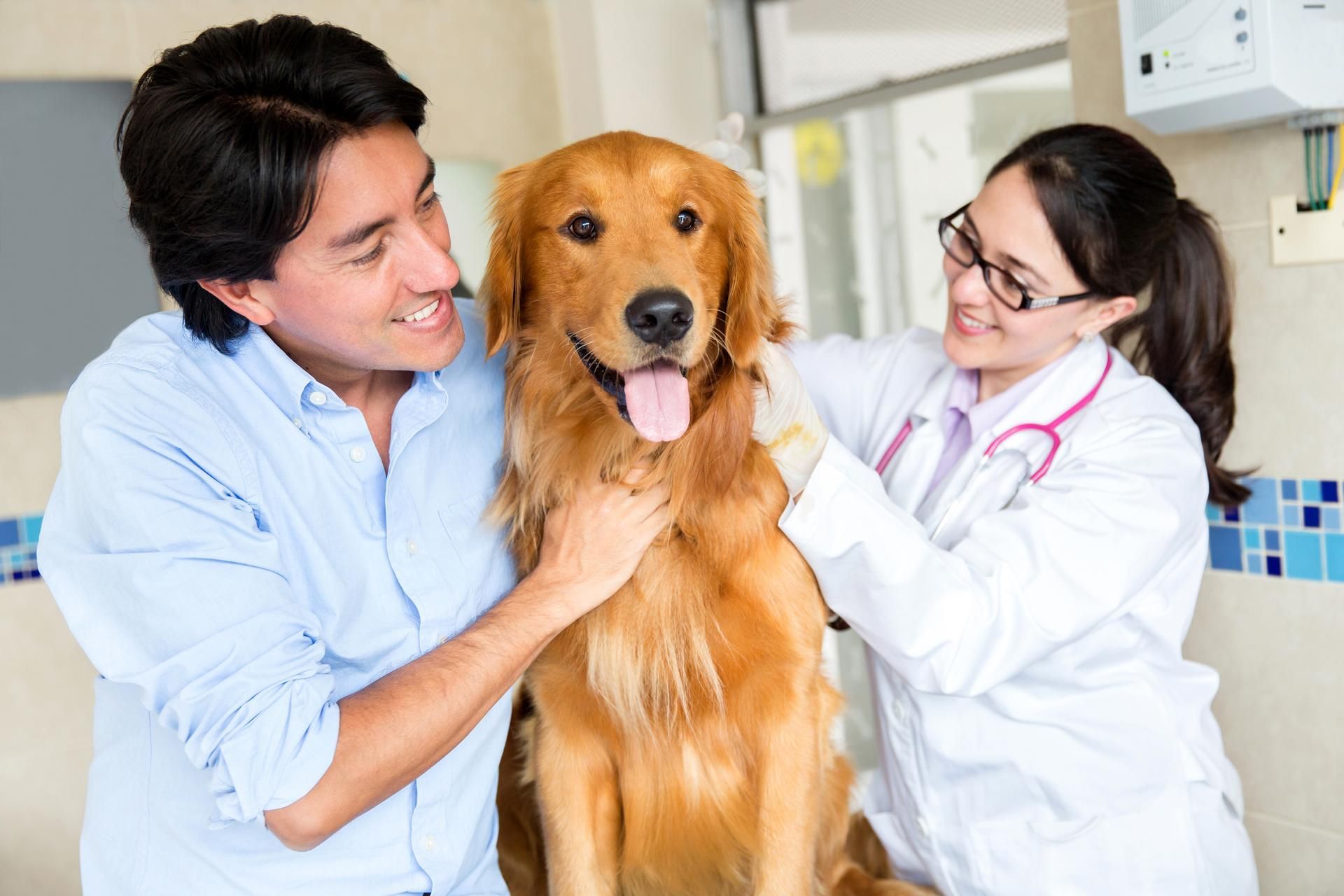2 Potentially Fatal Diseases in Puppies
When families bring home new puppies, family members often can't wait to focus on snuggling, training, and introducing the new pet to family and friends. You can find plenty of joy in puppy ownership, but as a new puppy owner, you must also focus on protecting your puppy from illness and injury.
Since they are still learning about the world and developing their immune systems, puppies are at risk for many illnesses and ailments, such as parasites or broken limbs. Most conditions are quite treatable, but two diseases, in particular, are often deadly in puppies — diseases that you should, therefore, be highly aware of as a puppy owner.
1. Canine Parvovirus
Canine parvovirus, which is often known as parvo, is a highly contagious virus that can affect dogs of all ages. However, since dogs are typically vaccinated for parvo, most cases are seen in young puppies who have not yet had their full series of parvo vaccines and whose immune systems are not yet strong enough to fight off the virus.
What Symptoms Does Parvo Cause?
Parvo primarily attacks the puppy's digestive tract. It causes severe, bloody diarrhea and vomiting. The puppy soon loses its appetite, which leads to sudden weight loss. Puppies with parvo tend to be lethargic, and this symptom comes on suddenly. They go from running around and playing to doing nothing but sleeping.
How Do Puppies Get Parvo?
The virus that causes parvo is from the stool of infected dogs. It can then live in the environment for several months. So while some puppies get parvo after encountering a dog that is ill or carrying the virus, many catch it after being in a space that an infected dog visited in the past.
Puppies may catch parvo after spending time in a kennel, from a used dog toy, or even from sniffing the ground where an infected dog defecated several months ago.
How Can You Protect Your Puppy From Parvo?
Since this virus lives in the environment for so long, the best way to protect your puppy is to keep him or her in spaces you know are clean and sanitary. Avoid dog parks and kennels until your puppy is fully vaccinated. Do not let your puppy interact with other dogs unless you know that those dogs have been vaccinated for parvo.
Your puppy should have his or her first parvo vaccine at six weeks of age. They should then have two follow-up vaccines after 10 weeks of age. Limit exposure to other dogs and environmental hazards until your puppy has had its third vaccine.
How Do You Treat Parvo?
No cure for parvo exists, and sadly, many puppies die from the disease. The best way to improve your puppy's chance of survival is to seek emergency veterinary care as soon as you notice symptoms that could indicate parvo.
Your vet can administer IV fluids to prevent dehydration, give drugs to reduce vomiting, and administer nutrition therapy to keep your puppy's protein levels up. Often, if a puppy makes it three or four days after the onset of symptoms, they can be expected to make a full recovery.
2. Canine Distemper
Another contagious disease called canine distemper is from a paramyxovirus related to the virus that causes measles in humans. All dogs are at risk, but most cases are from puppies under four months of age.
What Symptoms Does Distemper Cause?
Distemper usually begins as a respiratory illness. The virus later moves in the lymphatic system and causes neurological and digestive symptoms. In many puppies, the first symptoms of distemper are fever, nasal discharge, coughing, and a lack of energy. Soon after, your puppy may develop diarrhea, vomiting, and anorexia, followed by nervous system-related symptoms like seizures and paralysis.
How Do Puppies Get Distemper?
Some puppies are born with distemper; it can cross the placenta if the mother carries the virus. The virus is shed whenever an infected dog coughs, sneezes, or barks. Your puppy can, therefore, contract the disease if he or she encounters an infected dog, shares a bowl with an infected dog, or is even near an infected dog when it sneezes.
Raccoons, foxes, skunks, coyotes, and other wild animals may also carry distemper, so your puppy could pick the disease up after spending time outdoors.
How Can You Protect Your Puppy From Distemper?
The best way to protect your puppy from distemper is to limit socialization with other dogs until he or she is fully vaccinated. Keep your puppy indoors and away from any wildlife as much as possible. Your puppy should have his or her first distemper vaccine at six to eight weeks and a second one after nine weeks.
How Do You Treat Distemper?
As with parvo, the sooner you get your puppy to the vet, the better. Your vet can administer IV fluids and medications to manage the potentially deadly digestive and neurological symptoms. Some puppy owners put off treatment because they figure their puppy just has a cold, but waiting for treatment could prove fatal.
Parvo and distemper are scary diseases, but you and your vet can do plenty to protect your puppy. Contact South Seattle Veterinary Hospital for prompt care if you suspect your puppy may suffer from either of these diseases.


